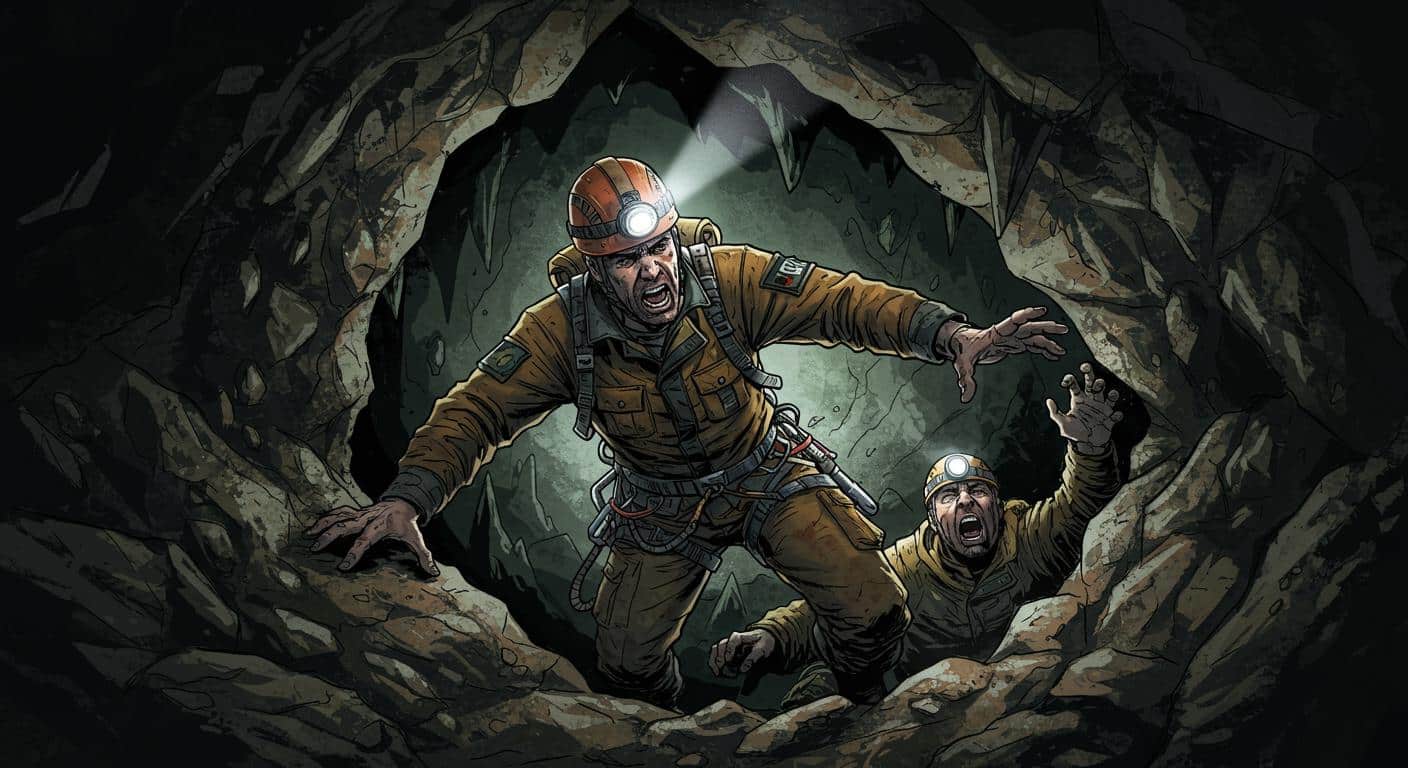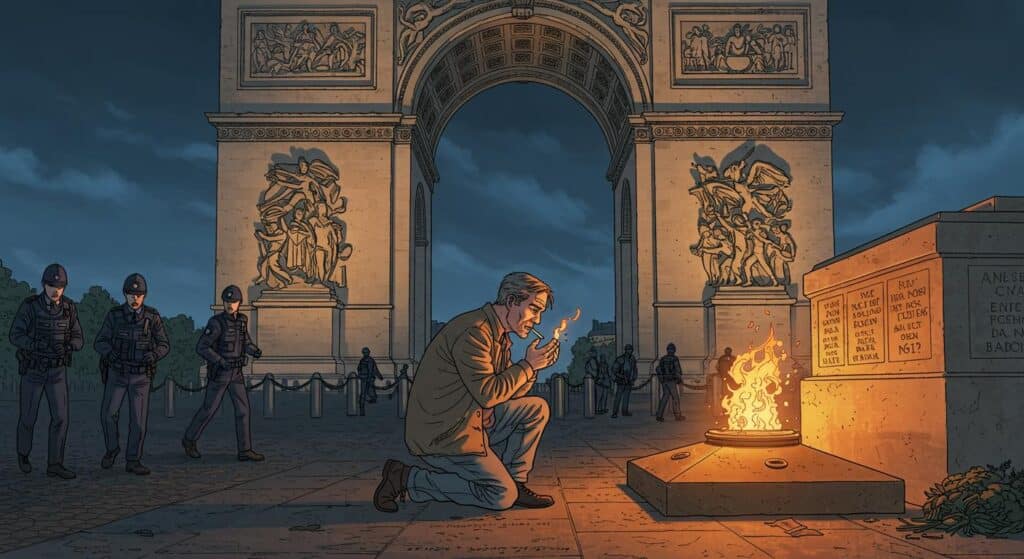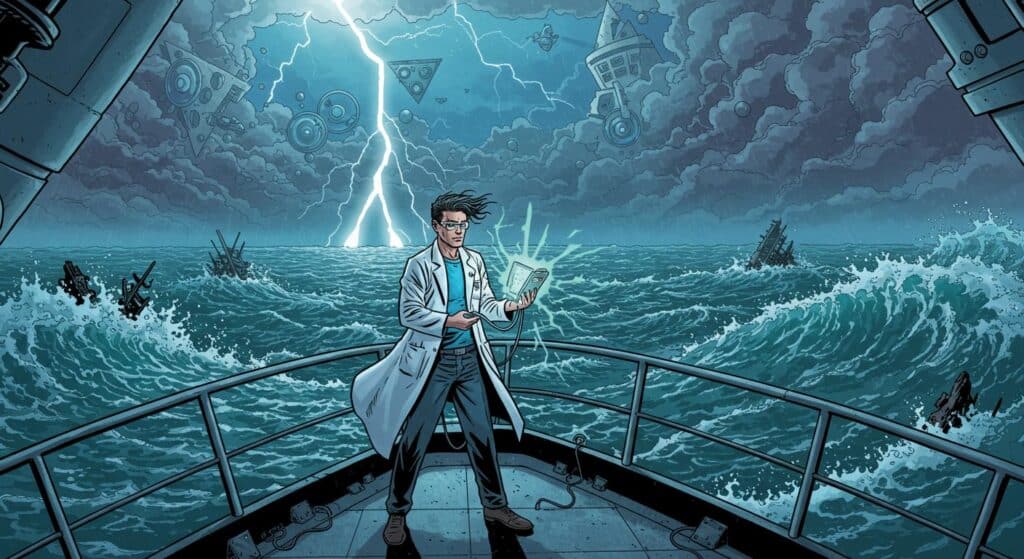Few stories stick with you like the fate of John Edward Jones in Utah’s Nutty Putty Cave. Most of us will never know true claustrophobia—maybe the middle seat on a crowded flight or an especially enthusiastic hug from Aunt Martha at Thanksgiving. But imagine, instead, finding yourself wedged upside-down in a crack barely wider than your torso, darkness pressing in on every side, gravity slowly turning your body against itself. That’s not the stuff of routine nightmares; it’s a waking one, lived out in excruciating detail.
Into the Depths
John Jones’ ordeal, as detailed in Metro, happened in 2009, but remains as chilling now as then. A devout medical student, young father, and lifelong caver, John entered the Nutty Putty with family—presumably for a bit of nostalgia and excitement. He had every reason to expect an adventure like so many before, especially with his brother Josh by his side.
It was a navigational error that changed everything. Mistaking an unmapped fissure for an intended passage, John crawled head-first into a gap just ten by eighteen inches wide—the approximate size noted in the Daily Mail’s account—and became irreversibly wedged upside-down, fifty-five feet below ground. This wasn’t your classic “my arm is stuck in the vending machine” scenario.
Court records cited in the Daily Mail indicate that with blood rushing to John’s head and his heart straining against gravity, his breaths soon became a gurgling struggle, as fluid began to accumulate in his lungs. In a detail highlighted by both Metro and the Daily Mail, rescue teams cycled through every available tactic—lubricating the crevice, drilling the hard rock, rigging up pulleys, even attempting to jackhammer the passage wider. For twenty-seven hours, John and his rescuers were locked in a battle with geology, time, and biology.
The Limits of Heroism
As LADbible documents, modern rescue operations usually evoke a sense of reassuring competence, but the Nutty Putty scenario defied the best efforts of even the most seasoned teams. Brandon Kowallis, a cave explorer and YouTuber who became the last person to physically reach John, described arriving late in the rescue efforts, only to find the physics of the rescue nearly impossible to overcome. Kowallis said John was “in and out of consciousness and had started talking about seeing angels and demons around him,” and recalled that even if John could somehow be maneuvered further, getting a 210-pound unconscious body out of a vertical, serpentine passage was “pretty much impossible.”
LADbible relays Kowallis’ account that even a theoretically conscious John faced “minute chances,” with any hope teetering on his being able to help move himself. Kowallis estimated that, using jackhammers to widen the rock, it might take “anywhere from three to seven days” to get John free—a brutal timescale when stacked against the mounting physiological consequences of being stuck upside-down. Many of these grim details, such as the technical roadblocks and the rescue team’s creative but ultimately futile attempts, are reinforced in both Metro and Daily Mail’s reporting.
In one poignant moment, Metro reports that John responded to a rescuer’s inquiry of “How are you?” with a weary honesty: “It sucks. I’m upside down. I can’t believe I’m upside down. My legs are killing me.” The rescue nearly succeeded—the rope and pulley system managed to lift John several times, but with a catastrophic collapse of a pulley anchor, John slipped even deeper, becoming unresponsive.
The Aftermath: Memory Set in Stone
The psychological impact extended beyond the physical, as the Daily Mail describes a radio being lowered into the passage so John could hear his family’s voices. His wife, Emily, spoke words of comfort, describing to him “a feeling of peace, that everything would be OK.” His family sent blessings, love, and final words in a space no wider than grief itself. Kowallis later recounted being tasked with checking John’s vitals; at that point, John’s skin was the temperature of stone, and no heartbeat could be detected. Paramedics who followed confirmed his death at 11:52 p.m.
Officials told Metro that, while Emily pleaded for her husband’s body to be recovered, it was ultimately deemed too perilous to attempt. Authorities collapsed the entrance with controlled explosives, sealing the passage and making John’s tomb as permanent as the caution his story now inspires. A plaque at the cave mouth, as both LADbible and Daily Mail note, stands as a memorial to John—a marker for lives left behind and for the daring that sometimes proves too much for even the best-prepared.
The Strange Pull of the Abyss
So why does this story linger in the mind? Is it just the horror, or something about our need to believe in courage and ingenuity against impossible odds? The Nutty Putty incident, despite all the skill, bravery, and effort involved, exposes the ultimate limitations of heroism in the face of unyielding physics and biology. While Metro and Daily Mail document the rescue attempts with diligent detail, the underlying message is as much about the allure of the unknown as about its dangers.
You have to wonder: after so many tales of adventure, after all the near-misses and derring-do, does a place like Nutty Putty finally get the last word? Does the plaque at its entrance warn people away, or whisper a challenge to the next generation of risk-takers? Is the haunting here not just of a cave, but of our own stories—the ones we tell ourselves about control, conquest, and what lies just below the surface?
Some mysteries, it seems, aren’t meant to be unraveled. Sometimes, the most lasting memorials are the stories and silences left behind, echoing quietly in the knowledge that not every strange, wondrous hole in the earth is meant to yield.







